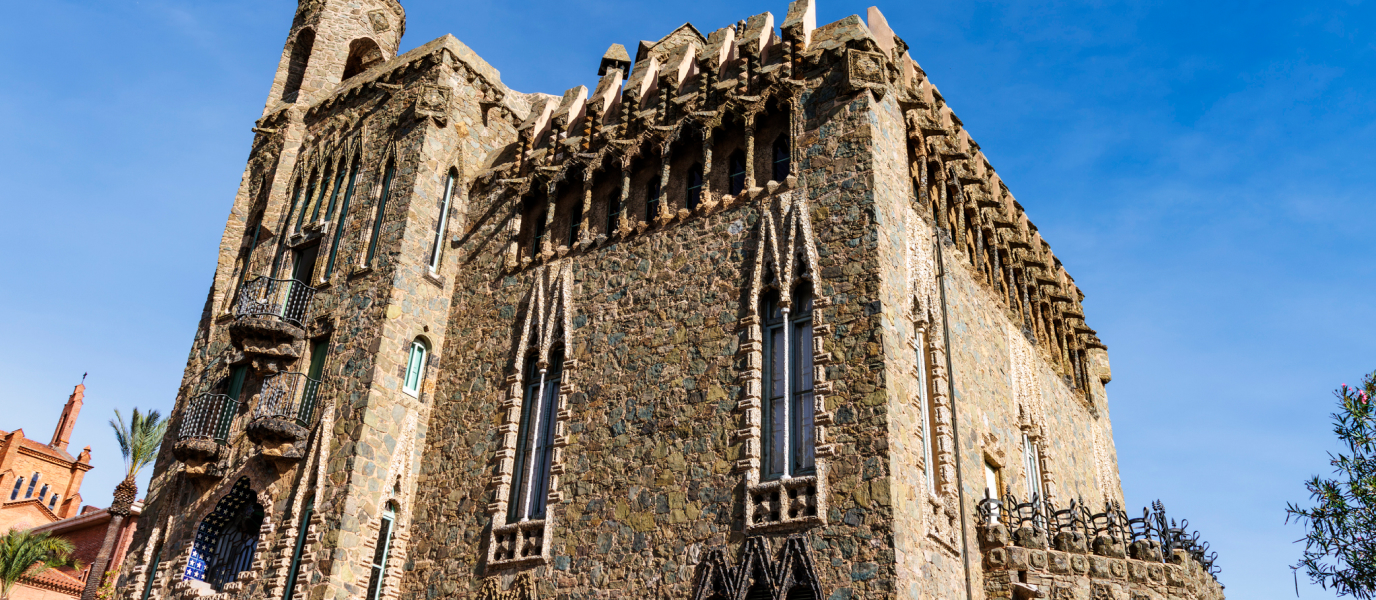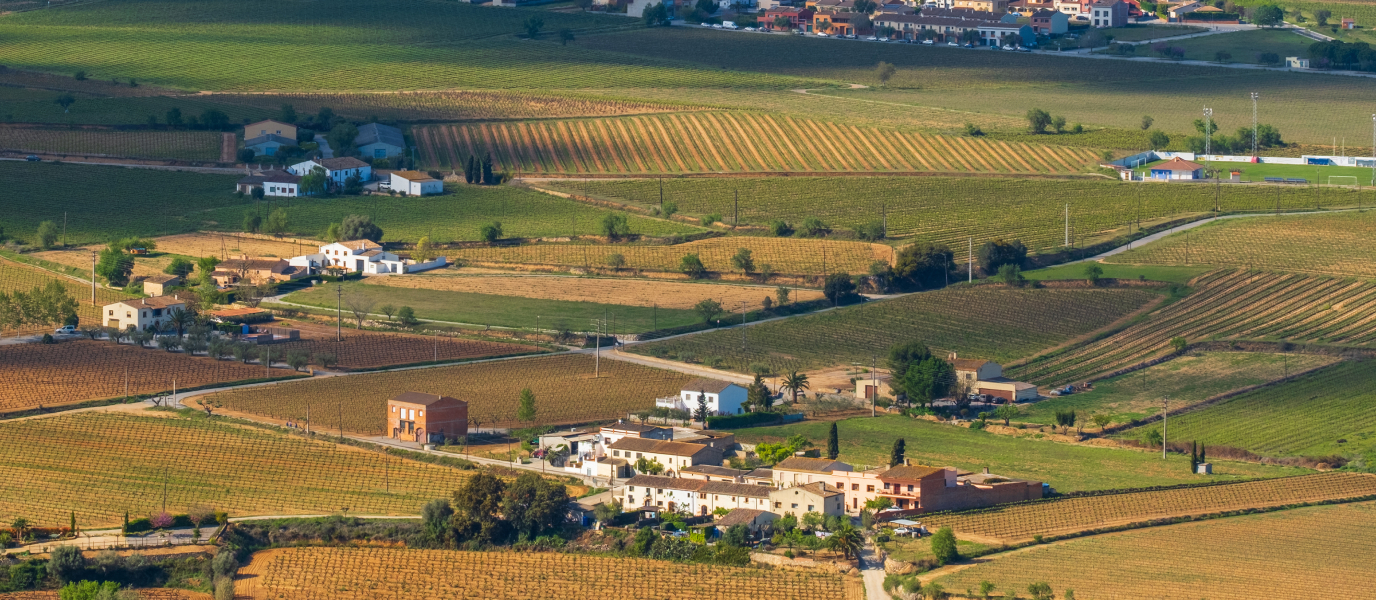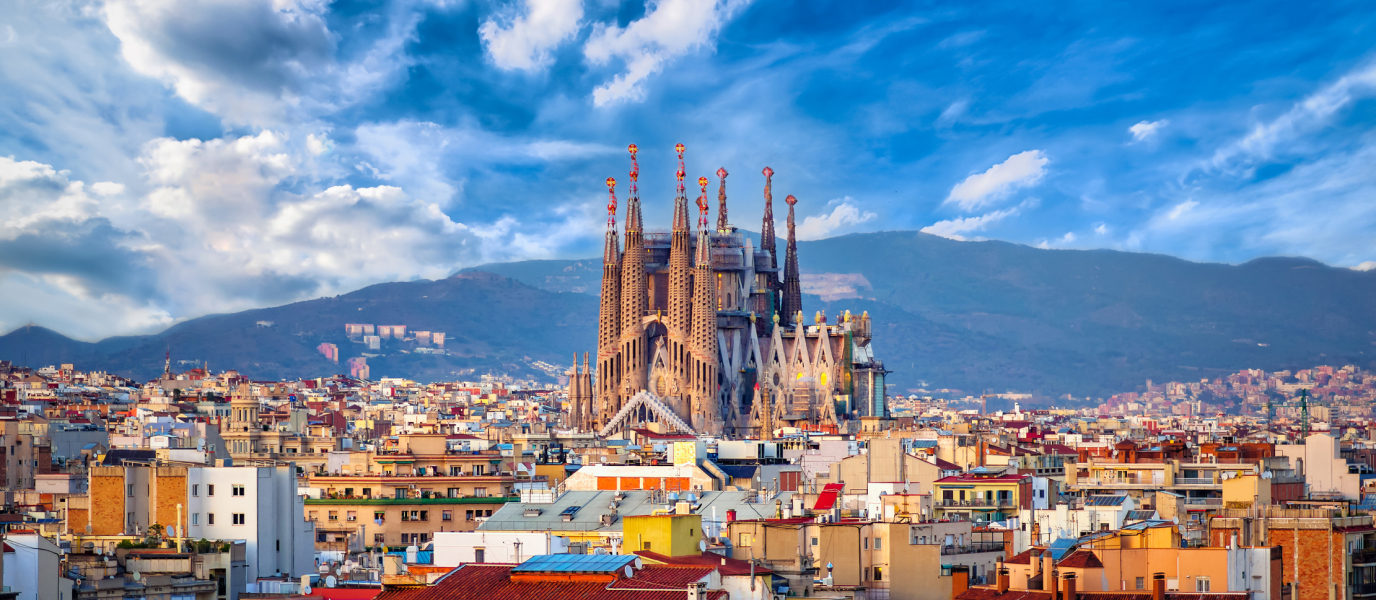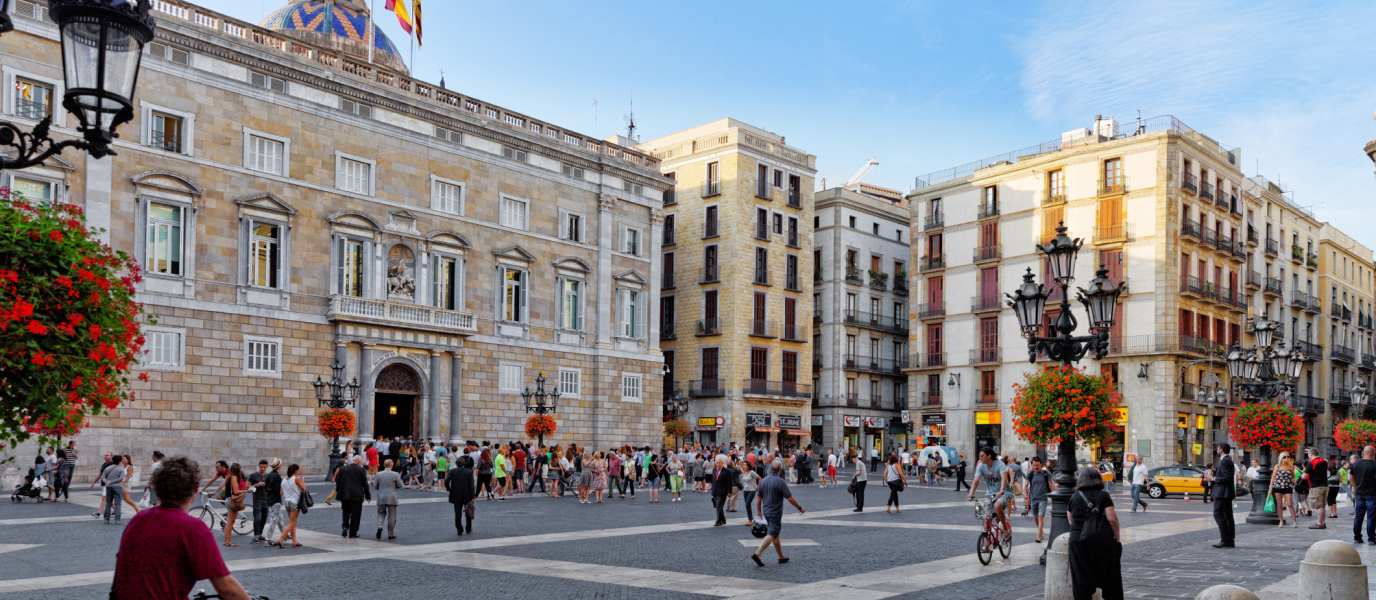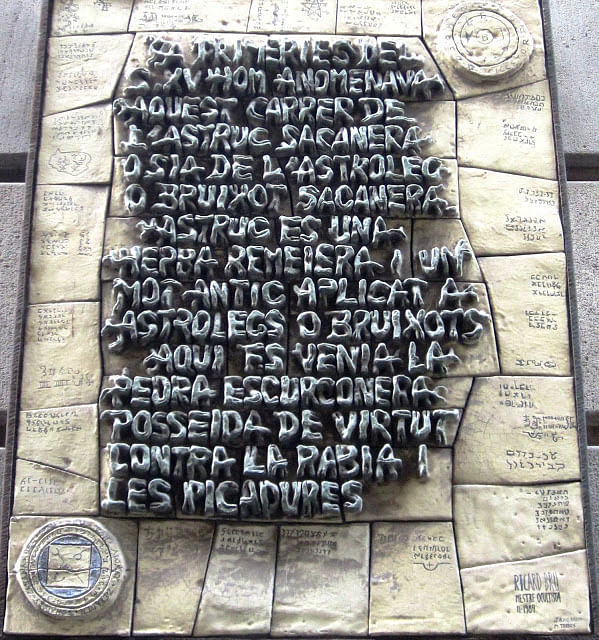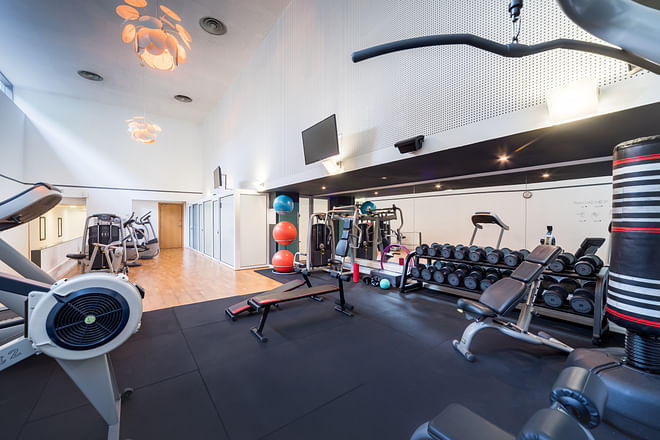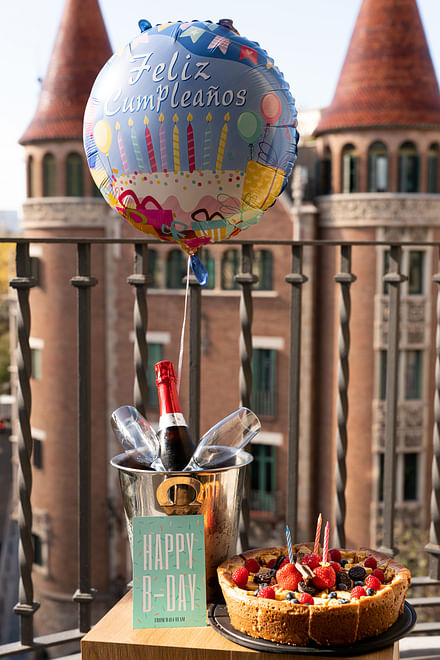Antoni Gaudí is much more than only Park Güell and the Sagrada Familia. Barcelona is full of constructions designed by the Catalan architect, including some that are not very well known, such as Torre Bellesguard—officially Casa Figueras—hidden in the upper part of Barcelona, in the remote neighbourhood of Sant Gervasi-La Bonanova at the foot of the Collserola mountain range. Bellesguard [‘beautiful view’] refers to the fantastic view over Barcelona’s sea and plains which this unique palace offers, a Gothic-Modernist jewel that Gaudí built between 1900 and 1909, still influenced by the Neo-Gothic period. The estate the house is located on has a long history: in the fifteenth century, the castle of King Martin I of Aragon, the Humane, was built there, whose remains can still be seen in the beautiful gardens. Furthermore, Bellesguard is the only house designed by Gaudí that was inhabited until very recently by its private owners. The Guilera family lived in it from 1944 until it was sold in 2018 to the Catalana Occidente group. It was opened for the first time to the public in 2013.
A brief history of Bellesguard: home of kings and bandits
The land where Torre Bellesguard sits, rich in groundwater, has been inhabited for two millennia. In the surrounding areas there are remains of Iberian and Roman ceramics dating from the second century BC and first century AD, respectively. But the most important historical reference, which served Gaudí as inspiration for the design of the house, was from the beginning of the fifteenth century. On this estate stood a medieval castle surrounded by walls, which served as a royal residence for King Martin the Humane between 1408 and 1410, where he lived until his death. He was nicknamed ‘the Humane’ because of his love of the humanities, and there is no doubt that he must have appreciated the views and the pure air of this enclave. It was then that the king’s secretary, the poet Bernat Metge, named the place Bellesguard because of the magnificent views over Barcelona.
After the king’s death, the castle was abandoned and the famous bandit Serrallonga took refuge in its ruins in the seventeenth century, fearing Philip IV’s royal tax collectors’ carriages, which he frequently assaulted. After his execution in the gallows in 1634, his body was dismembered and distributed, by way of warning, along the places where he had acted. His figure has been imprinted into popular culture as a sort of Catalan Robin Hood.
Torre Bellesguard by Gaudí: a Gothic-Modernist castle
Catalogued as a Cultural Asset of National Interest since 1969, Torre Bellesguard is a Modernist house with the appearance of a Gothic castle. Gaudí wanted to pay homage to the castle of King Martin the Humane, so the façade was built with slate stone taken from local sources—giving it the appearance of a medieval fortress; it has elongated Neo-Gothic windows and is crowned, like any other castle worth its salt, with a row of battlements. Although it is not easy to see it, the roof represents the dragon pierced by the spear of Saint George, which is symbolised at the pinnacle crowned by the characteristic four-armed cross by Gaudí.
The interior of the house contrasts drastically with the façade. The beautiful arch at the entrance—decorated with a beautiful stone mosaic designed by Domingo Sugrañes and a wrought iron fence—takes us to a bright interior Andalusian courtyard that contrasts with the dark solemnity of the exterior. The natural light, the white walls and the cheerful ceramic mosaics are the general tone of the interior of Bellesguard, whose décor also has curious details that are a nod to Gaudí’s Catalanist ideology. The large wrought iron lamp is, in reality, an upside-down crown in homage to King Martin I, the last of the Casal dynasty of Barcelona. After dying in 1410 without having named a successor, since none of his four children had survived him, a succession struggle took place, which ended with the implantation of the Castilian dynasty of the House of Trastámara in the kingdom of Aragon.
The building has four floors, but the two first floors were, until recently, occupied by the Guilera family, so were not included in the visit. We access the attic by the stairs; this space is only half complete because the Figueras family, who commissioned the project to Gaudí, considered that the house was finished before the artist believed it was, and stopped the works. The large space was conceived as a music room; from here we can access the roof, from which we can contemplate Barcelona’s skyline, silhouetted against the Mediterranean Sea, a panorama that was admired by King Martin the Humane. In the basement, which used to house the stables, there is currently a small exhibition about the history of the house and a souvenir shop. The lock for the stables, in the form of a human femur, has a curious explanation: it is a tribute from Gaudí to Serrallonga; according to legend, part of the bandit’s remains were walled in the ruins of the old castle, where he used to hide.
You should book your visit to Torre Bellesguard in advance, since the guided tours can only take a maximum of 18 people.
The legendary garden of Bellesguard
A stroll through the beautiful garden of Torre Bellesguard, where the remains of the ancient wall of the medieval castle lie, evokes the times of King Martin I of Aragon. The palace was also surrounded by a garden in his time, and this has remained in the Catalan culture as an image of the lost paradise of that golden age, which came to an end with the death of the monarch without descendants.
“Bellesguard is cheerful, green and flowery, bloomed as an Easter, green as April, for gentlemen and ladies, virgins and children.”—the poet Jacinto Verdaguer’s verses inspired Gaudí’s design of the garden; his Oda a Barcelona [Ode to Barcelona] recreated a literary topos of locus amoenus. And another poem by the Catalan author, La Atlántida, which evokes the Greek myth of the dragon that protected the fabulous garden of Hesperides, probably also influenced Gaudí when he designed the tower’s roof in the shape of a dragon.
The most noteworthy parts of the garden are the bench at the entrance door and the circular bench arranged around a central fountain, both decorated with mosaics that symbolise the decline of the Casal dynasty of Barcelona.




































































